How to Choose Point of View in Storytelling
A story's point of view is the perspective from which it is told. The point of view has a profound effect on the overall tone of the story, as well as on the connection that the reader develops with the characters. Depending on what you...
Part 1 of 2:
Differentiating Between the Different Points of View
-
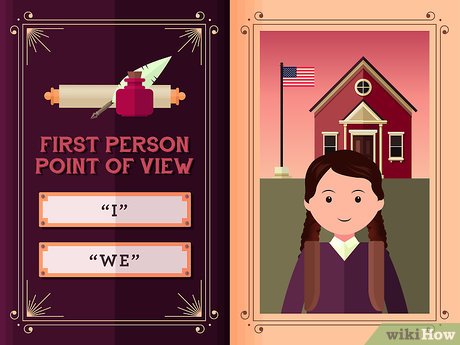 How to Choose Point of View in Storytelling Picture 1 Learn about first person point of view. With first person point of view, the narrator uses the pronouns "I" and "we" when telling the story. The narrator can have various levels of intimacy with the story, depending on who he is, but he is always a character in the story in one way or another.
How to Choose Point of View in Storytelling Picture 1 Learn about first person point of view. With first person point of view, the narrator uses the pronouns "I" and "we" when telling the story. The narrator can have various levels of intimacy with the story, depending on who he is, but he is always a character in the story in one way or another.- The narrator may be the main character of the story, in which case he will be telling his own story from his own perspective, with no outside opinions. For example, the narrator may say, "I was five years old when I first met Sally. We walked to school together every day until high school..."
- The narrator may be a secondary character, in which case he is likely describing something that he witnessed, adding his own interpretations and biases to the story. For example, the narrator might say, "I have been concerned about my brother for some time now. He has been becoming more and more reclusive every day."
- The narrator may be retelling a story that he did not witness at all, in which case he is recalling something he heard, and likely adding his own interpretation to the events as he retells them. For example, the narrator might say, "I remember hearing that this house was haunted. They say the woman who lived here 100 years ago still walks the halls."
-
 How to Choose Point of View in Storytelling Picture 2 Learn about second person point of view. Second person point of view is the least common in story telling because it requires the narrator to address someone (either the reader or another character) as "you" throughout the narration. It is most often used in shorter narratives as an experimental style.[1]
How to Choose Point of View in Storytelling Picture 2 Learn about second person point of view. Second person point of view is the least common in story telling because it requires the narrator to address someone (either the reader or another character) as "you" throughout the narration. It is most often used in shorter narratives as an experimental style.[1]- When narrators speak in the second person, they are often addressing their younger selves. For example, the narrator might say, "You were so foolish back then, thinking that you would become rich and famous."
- A narrator may also be addressing the reader directly, although this is difficult to sustain in longer narratives.
-
 How to Choose Point of View in Storytelling Picture 3 Learn about third person point of view. Third person point of view is the most popular point of view for story telling because it offers writers the most flexibility. The narrator is not a character in the story, and talks about the characters by using the pronouns "he," "she," and "they." The narrator may be entirely objective, or may have a close connection to one specific character.
How to Choose Point of View in Storytelling Picture 3 Learn about third person point of view. Third person point of view is the most popular point of view for story telling because it offers writers the most flexibility. The narrator is not a character in the story, and talks about the characters by using the pronouns "he," "she," and "they." The narrator may be entirely objective, or may have a close connection to one specific character.- With a third person objective point of view, the narrator tells only the objective and observable facts of the story, without elaborating on the thoughts and feelings of the characters or interjecting with any personal observations. For example, the narrator might say, "Jim had a serious look on his face as he spoke to his wife. She was crying and speaking incoherently."
- With a third person limited point of view, the narrator has access to the thoughts and feelings of one specific character, most typically the main character. This point of view allows the writer to describe the main character from a distance, while also giving voice to his inner thoughts. Depending on the intent of the author, the narrator may be very close to the main character, to the point that it almost becomes difficult to distinguish the narrator from the character, or the narrator may maintain more of a distance.[2] For example, the narrator might say, "Jim had a serious look on his face as he talked to his wife. He hated to see her cry because it made him feel like a monster, but he felt that he had no choice but to continue."
-
 How to Choose Point of View in Storytelling Picture 4 Understand third person omniscient point of view. Third person omniscient point of view is similar to other third person points of view in that the narrator uses the pronouns "he," "she," and "they" to talk about the characters. It is different, however, in that the narrator has complete access to the thoughts and feelings of all of the characters/ This point of view is sometimes referred to as "the voice of God" because the narrator knows much more than any of the characters. For example, the narrator might say, "Jim had a serious look on his face as he talked to his wife. He hated to see her cry because it made him feel like a monster, but he felt that he had no choice but to continue. His wife was feeling more angry than hurt, but she didn't want Jim to know that."
How to Choose Point of View in Storytelling Picture 4 Understand third person omniscient point of view. Third person omniscient point of view is similar to other third person points of view in that the narrator uses the pronouns "he," "she," and "they" to talk about the characters. It is different, however, in that the narrator has complete access to the thoughts and feelings of all of the characters/ This point of view is sometimes referred to as "the voice of God" because the narrator knows much more than any of the characters. For example, the narrator might say, "Jim had a serious look on his face as he talked to his wife. He hated to see her cry because it made him feel like a monster, but he felt that he had no choice but to continue. His wife was feeling more angry than hurt, but she didn't want Jim to know that."
Part 2 of 2:
Deciding Which Point of View Works for Your Story
-
 How to Choose Point of View in Storytelling Picture 5 Decide how intimate you want your writing to sound. Ask yourself how close your main character is to the story and how connected you want the reader to feel to this character. A first person point of view will create the strongest sense connection, and a third person limited point of view will be a close second.[3]
How to Choose Point of View in Storytelling Picture 5 Decide how intimate you want your writing to sound. Ask yourself how close your main character is to the story and how connected you want the reader to feel to this character. A first person point of view will create the strongest sense connection, and a third person limited point of view will be a close second.[3]- Keep in mind that if you choose to write from a first person point of view, you need to establish how and why the narrator is telling the story, as this will have a big impact on the way in which the reader interprets it. Your character could, for example, be writing his story in a private diary, or he could be telling it to a group of friends.
-
 How to Choose Point of View in Storytelling Picture 6 Consider if dialect is important. If the unique flavor of your main character's dialect is important to your story, you may want to choose to tell it from a first person point of view. This will allow your narration to have the same cadence as your dialogue.[4]
How to Choose Point of View in Storytelling Picture 6 Consider if dialect is important. If the unique flavor of your main character's dialect is important to your story, you may want to choose to tell it from a first person point of view. This will allow your narration to have the same cadence as your dialogue.[4]- If you want the narration to have some of the flavor of your character's dialect, but still be distinct, opt for a third person limited or omniscient point of view. When a third person narrator is very close to a specific character's thoughts, it is natural for the narration to mirror the speaking habits of the character.
-
 How to Choose Point of View in Storytelling Picture 7 Think about how much information your reader needs. A first person point of view is the most limiting in regards to how much information you can share with the reader, while a third person omniscient point of view allows you to share anything and everything. Think about whether your story will make sense to the reader without any intervention from a third person narrator.[5]
How to Choose Point of View in Storytelling Picture 7 Think about how much information your reader needs. A first person point of view is the most limiting in regards to how much information you can share with the reader, while a third person omniscient point of view allows you to share anything and everything. Think about whether your story will make sense to the reader without any intervention from a third person narrator.[5]- If you want the reader to feel confused with the main character or follow the main character's process of discovering something, the limitations of a first person point of view will serve your needs.
- Third person limited and objective points of view offer a nice middle ground between first person and third person omniscient.
- Keep in mind that just because you choose a third person omniscient point of view does not mean that your narrator has to share all of his knowledge with the reader; it simply means that he can do so if it benefits the story.
-
 How to Choose Point of View in Storytelling Picture 8 Decide if you want to offer multiple perspectives. The benefit of a third person omniscient point of view is that your reader can understand how multiple characters feel about an issue, even when the characters don't understand each other's feelings. The reader also gets the benefit of the narrator's interpretation.[6]
How to Choose Point of View in Storytelling Picture 8 Decide if you want to offer multiple perspectives. The benefit of a third person omniscient point of view is that your reader can understand how multiple characters feel about an issue, even when the characters don't understand each other's feelings. The reader also gets the benefit of the narrator's interpretation.[6]- Multiple perspective are particularly helpful if you want your story to convey a sense of dramatic irony, if you want the reader to feel torn between loyalties to two characters, or if your story consists of multiple overlapping narratives.
- While a third person omniscient point of view may be the most useful for conveying multiple perspectives, you can achieve a similar effect by using a third person objective point of view, which leaves it up to the reader to infer how each character is feeling.
-
 How to Choose Point of View in Storytelling Picture 9 Consider the bias of the narrator. It is possible for any narrator to be deceitful, but readers are much more likely to distrust first person narrators because of their inherent biases. Third person omniscient narrators may also be viewed suspiciously, as they know everything, but may not choose to reveal everything to the reader.[7]
How to Choose Point of View in Storytelling Picture 9 Consider the bias of the narrator. It is possible for any narrator to be deceitful, but readers are much more likely to distrust first person narrators because of their inherent biases. Third person omniscient narrators may also be viewed suspiciously, as they know everything, but may not choose to reveal everything to the reader.[7]- In some cases you may want a less than objective narrator, in which case a first person point of view is ideal.
- If you don't want there to be any question regarding the truthfulness of your narration, choose a third person objective point of view.
- If you need slightly more insight into the characters' thoughts, you can choose a third person limited or omniscient point of view, but be very cautious about how much interpretation of events your narrator offers.
-
 How to Choose Point of View in Storytelling Picture 10 Think about using multiple points of view. Your point of view does not need to remain static throughout your story, although you should never change it without a good reason. If you feel that multiple points of view are needed to best tell your story, experiment with it![8]
How to Choose Point of View in Storytelling Picture 10 Think about using multiple points of view. Your point of view does not need to remain static throughout your story, although you should never change it without a good reason. If you feel that multiple points of view are needed to best tell your story, experiment with it![8]- Be cautious about changing points of view abruptly, as this will confuse the reader. If a sudden change of point of view occurs, consider alerting the reading by starting a new chapter or section.
5 ★ | 1 Vote
You should read it
- How to use Narrator on Windows 11
- How to Use Narrator on Windows 8.1
- How to disable Narrator on Windows 10/11
- How to Turn Off the Microsoft Narrator Start Up
- Frame view VIEW in SQL
- What is an Access Point? Should I use an Access Point, Router or Modem?
- What is Protected View? Turn on and off the Protected View feature in Office 2016
- Narrator coder: I have conquered love and software in two ways that are more difficult to be contrary
- Narrative Techniques to Develop Plot and Point of View in Fiction
- How to turn on/off the Protected View feature on Microsoft Office
- Microsoft released Windows 10 Build 18865 (20H1) with Narrator bug fixes
- Difference between Access Point and Router
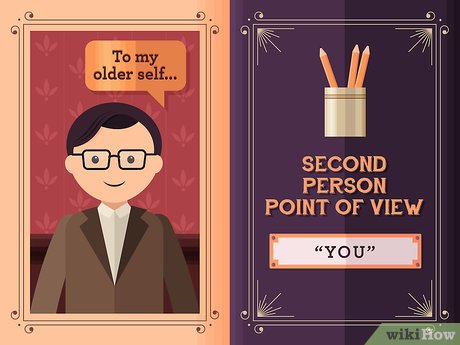
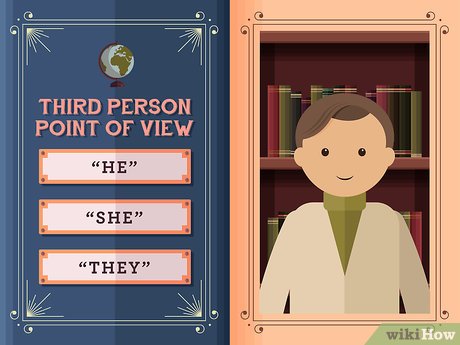
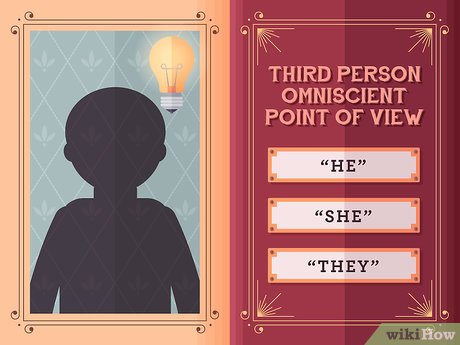
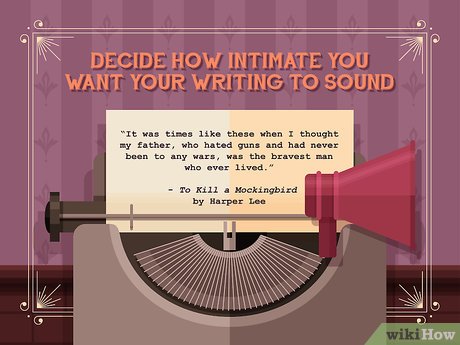
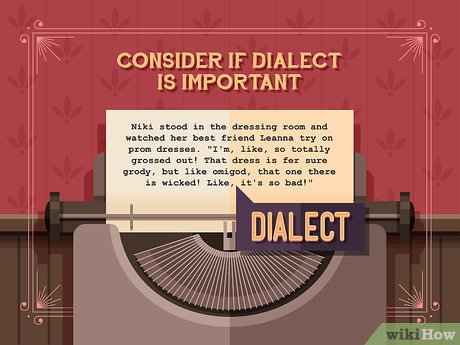
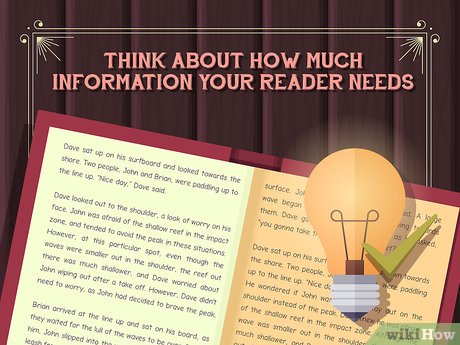
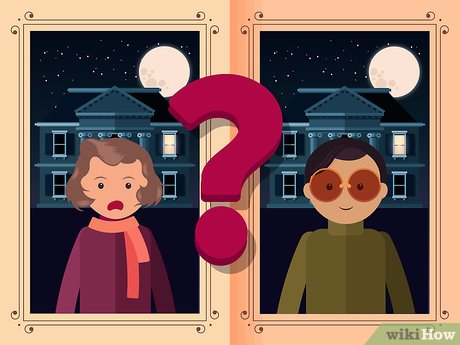
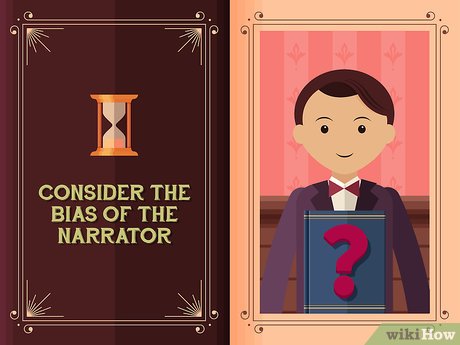
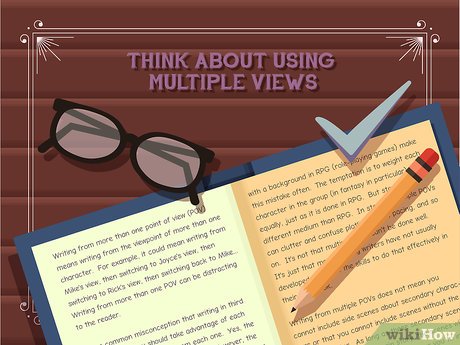






 How to Become a Professional Storyteller
How to Become a Professional Storyteller Frame view VIEW in SQL
Frame view VIEW in SQL What is an Access Point? Should I use an Access Point, Router or Modem?
What is an Access Point? Should I use an Access Point, Router or Modem? What is Protected View? Turn on and off the Protected View feature in Office 2016
What is Protected View? Turn on and off the Protected View feature in Office 2016 Narrative Techniques to Develop Plot and Point of View in Fiction
Narrative Techniques to Develop Plot and Point of View in Fiction How to turn on/off the Protected View feature on Microsoft Office
How to turn on/off the Protected View feature on Microsoft Office